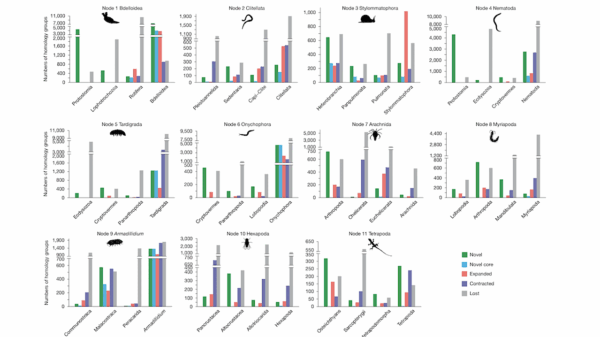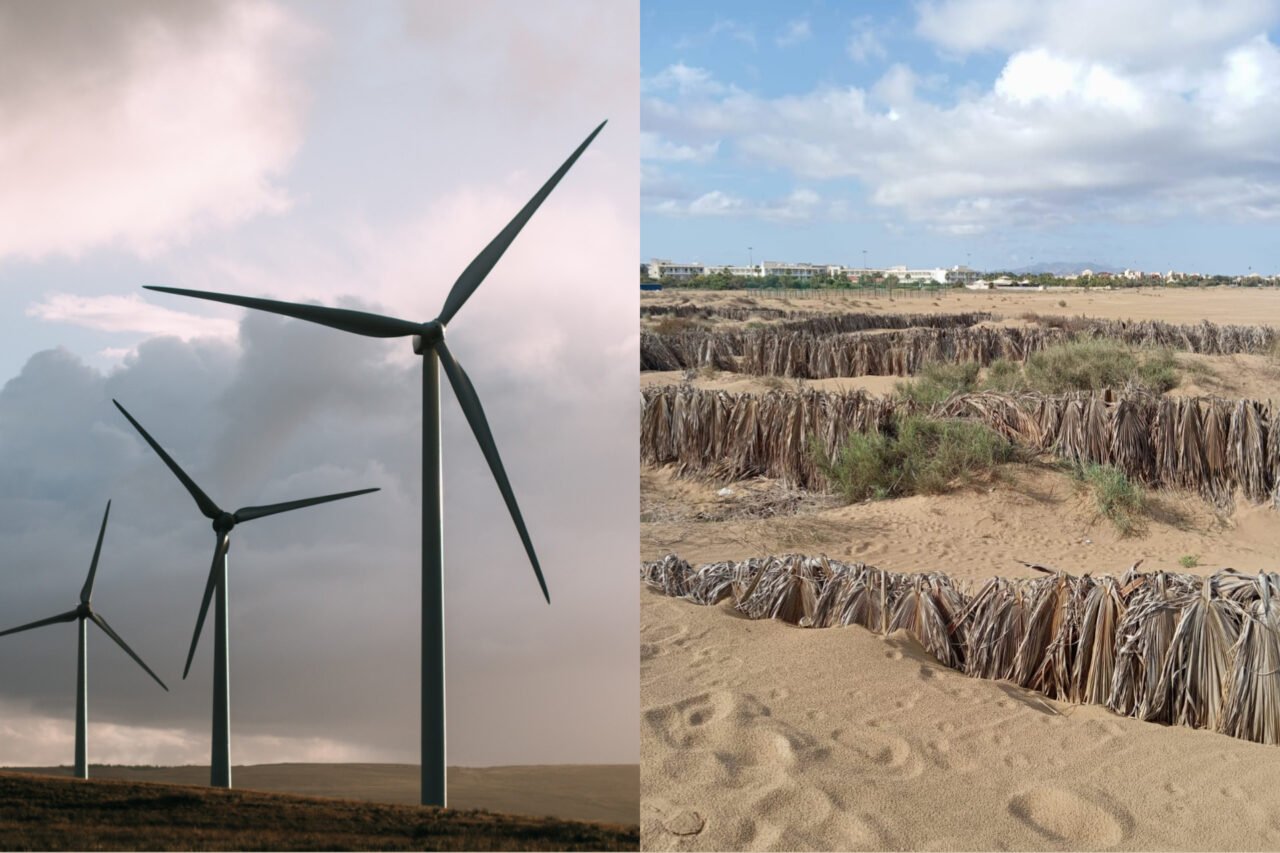Researchers in China have developed an innovative method to repurpose decommissioned wind turbine blades, addressing both recycling challenges and the need for effective sand control measures. A study published in July 2023 in the journal International Soil and Water Conservation Research outlines how these large components can be transformed into sand barriers, providing a dual solution to environmental issues.
The study highlights that the high strength and durability of wind turbine blades allow them to be cut and drilled into effective sand barriers. This initiative not only mitigates the challenges associated with the disposal of old blades but also addresses the shortage of materials necessary for windbreaks and sand stabilization in arid regions, including the Gobi Desert. Researchers stated, “This approach not only addresses the recycling challenges of decommissioned wind turbine blades but also mitigates the shortage of windbreak and sand stabilization materials.”
The Need for Effective Sand Control
In many arid and semiarid areas, wind erosion poses significant risks to both human settlements and natural landscapes. Sand control measures, such as barriers, aim to reduce economic losses and protect habitats. Traditional sand barriers made from reeds and branches are cost-effective and environmentally friendly, yet they often lack durability in harsh weather conditions.
The researchers noted that while more robust materials like cement and metal are available, they face limitations in extremely windy environments. Therefore, developing a solution that combines strength, longevity, and affordability is essential. The study evaluated the feasibility of creating sand barriers from decommissioned or damaged wind turbine blades, a strategy that could help reduce costs and pollution associated with traditional recycling methods.
The research involved rigorous testing of the mechanical properties of these new materials, including their resistance to ultraviolet (UV) light, thermal stability, bending strength, and erosion resistance. The team conducted wind tunnel experiments and numerical simulations to analyze the performance of the new barriers compared to conventional nylon net sand barriers.
Promising Results and Applications
The findings from the research are promising. The new barriers made from wind turbine blades showed an erosion rate that was 56% lower than that of wood composite materials, with a bending strength 14 times greater. The optimal porosity for these barriers was determined to be 20%, effectively reducing sediment transport.
Researchers concluded that the new porous sand barriers not only possess excellent UV and erosion resistance but also feature high strength, thermal stability, and recyclability. They remarked, “The new porous sand barriers made from decommissioned or damaged wind turbine blades possess excellent UV and erosion resistance, high strength and thermal stability, recyclability, and long service life.” This dual functionality makes them particularly well-suited for regions that experience strong winds, significant temperature fluctuations, and high UV radiation.
This study underscores an important principle: one industry’s waste can become another’s resource. By finding a solution for decommissioned wind turbine blades, China may lead the way in innovative environmental practices that benefit both industries and ecosystems. This approach not only provides a sustainable solution to managing old turbine blades but also enhances efforts to combat sand erosion in vulnerable regions.



































































